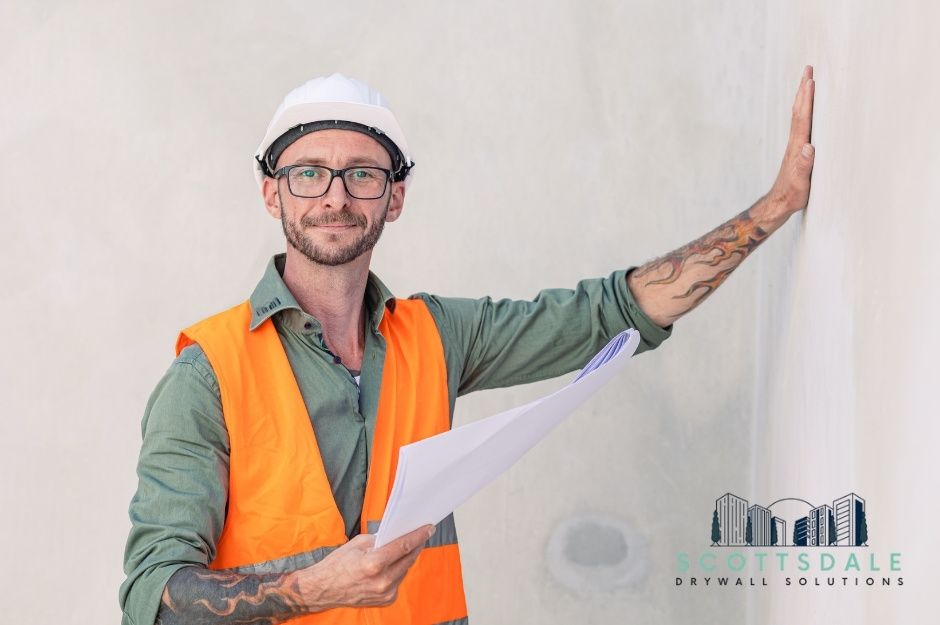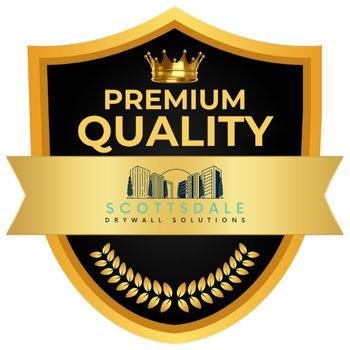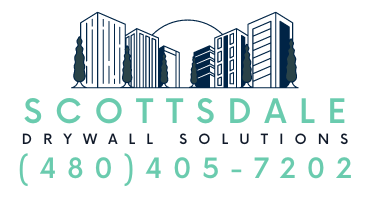Sun City West Drywall Repair Services
Cost-Effective Drywall Repair Contractors in Sun City West, Arizona

Professional drywall repair services in Sun City West, AZ, from Scottsdale Drywall Solutions keep your walls looking pristine and structurally sound. From minor patches to complete installations, local experts handle water damage restoration, mold removal, crack repairs, and popcorn ceiling updates. Licensed contractors in Sun City West can diagnose and repair any drywall issue, with most basic repairs completed within 1-2 business days. Serving the 25,806 residents of this thriving unincorporated community in Maricopa County, these contractors understand the unique challenges of maintaining homes in this 12.0 square mile area located 23 miles northwest of downtown Phoenix.
Your walls deserve proper care from experienced professionals who understand Arizona's unique climate challenges. The desert environment can cause drywall to crack and separate over time, making regular maintenance essential. Given that Sun City West was completely built out by 1997 from the original Del E. Webb Construction Company development, many homes in the community are now 25+ years old and may require specialized attention for aging drywall systems.
With Sun City West bordered by the city of Surprise and bounded by U.S. Route 60 to the southwest and Arizona State Route 303 to the north, contractors benefit from excellent transportation access, allowing for efficient material delivery and quick response times across the community. The comprehensive drywall services in Sun City West include water damage restoration, patch repairs, crack filling, popcorn ceiling removal, tape and seam repairs, and fixing nail pops. Professional contractors will assess the damage, recommend the most cost-effective solution, and restore your walls to their original condition while preventing future issues.

Scottsdale Drywall Solutions (CP)

Expert Drywall Repair in Sun City West, AZ
Professional drywall repair services in Sun City West handle everything from small cosmetic fixes to major structural repairs. Contractors serving this census-designated place have adapted their techniques to address the settling patterns common in homes built on the former Lizard Acres cattle ranch site, which comprised 11,000 acres of the original development. Local experts use specialized tools and proven techniques to restore damaged walls and ceilings to their original condition.
Water Damage Restoration
Water damage requires immediate attention to prevent mold growth and structural deterioration. Licensed contractors will first locate and repair the water source before beginning restoration work. In Sun City West's desert climate, where the community covers 12.0 square miles with only 0.33% water coverage, even minor leaks can cause significant damage due to the low ambient humidity affecting drying patterns.
Your walls and ceilings undergo thorough moisture testing with specialized meters to identify all affected areas. Damaged sections are carefully removed and replaced with new moisture-resistant drywall.
Industrial-grade dehumidifiers and fans accelerate the drying process. New drywall sections are installed using proper moisture barriers and waterproof tape.
Patch and Hole Repairs
Small holes from wall anchors can be filled with spackling compound. Larger holes require drywall patches cut to precise measurements. For residents in Sun City West's age-restricted community, contractors often encounter unique repair needs related to medical equipment mounting, grab bar installations, and accessibility modifications that require specialized patching techniques.
Professional patch repairs involve:
- Squaring off damaged areas
- Installing backing supports
- Cutting and placing new drywall
- Applying joint compound in multiple thin layers
- Sanding between coats for a smooth finish
Texture matching ensures repairs blend seamlessly with surrounding surfaces. Your contractor will mix custom compounds to replicate existing wall textures.
Crack and Seam Repairs
Cracks often appear at drywall seams or corners due to house settling. In Sun City West, where construction was overseen by R.H. Johnson of the Del E. Webb Construction Company, homes may show characteristic settling patterns related to the original foundation systems used in the development phase from the 1980s through 1997. Professional repair starts with removing loose tape and compound around damaged areas.
Strong fiber-mesh tape reinforces repaired seams to prevent future cracking. Multiple layers of joint compound are applied with progressively wider knives.
Each layer must dry completely before sanding and reapplication. The final coat extends beyond the repair area to create an invisible transition.
Nail Pop Correction
Nail pops occur when drywall nails or screws lose their grip. The fastener must be removed and replaced slightly above or below the original location.
The repair process includes:
- Removing protruding nails/screws
- Installing new screws into studs
- Filling holes with setting compound
- Applying finish coat of joint compound
- Sanding smooth and texturing to match
Multiple nail pops in one area may indicate larger structural issues that require additional investigation.
Specialized Remediation and Ceiling Solutions
Effective remediation and ceiling repairs require specialized techniques and equipment to restore damaged drywall surfaces to their original condition. Following the 2019-20 coronavirus pandemic, when Sun City West closed all recreation centers on March 11, 2020, and golf courses on April 13, 2020, many contractors adapted their services to include enhanced sanitization protocols and contactless consultations for the community's residents.
Mold Remediation
Professional mold remediation starts with a thorough inspection to identify affected areas and determine the extent of contamination. You'll need specialized testing to confirm the presence and type of mold.
Containment barriers prevent spores from spreading during the removal process. HEPA filtration systems clean the air while technicians remove affected drywall sections.
The remediation process includes:
- Removal of contaminated materials
- Treatment with EPA-approved antimicrobial solutions
- Installation of new moisture-resistant drywall
- Application of mold-resistant primers and paints
Popcorn Ceiling Repair
Your popcorn ceiling texture can be repaired or removed based on your preferences and the condition of the surface. Given that Sun City West was built out completely by 1997, many homes feature popcorn ceilings installed during the 1980s and 1990s construction phases, requiring careful asbestos testing before any work begins. Small damaged areas can be patched by matching the existing texture.
The repair process includes:
- Testing for asbestos (required for pre-1980s homes)
- Scraping or smoothing damaged sections
- Applying new matching texture
- Repainting to blend with surrounding areas
Water-damaged popcorn textures often require complete removal from the affected section to prevent future issues. A smooth or new textured finish can replace the old surface.
Comprehensive Drywall Installation and Finishing
Professional drywall installation and finishing requires precise measurements, proper techniques, and attention to detail at every step. For Sun City West residents, contractors must consider the community's proximity to major transportation corridors like U.S. Route 60 and Arizona State Route 303, which can create vibration-related settling that affects long-term drywall performance. The right tools and materials ensure smooth, durable walls that meet both aesthetic and functional requirements.
Drywall Installation Process
Start by measuring and cutting drywall sheets to fit your wall dimensions. Use a T-square and utility knife for precise cuts.
Secure the sheets to wall studs using drywall screws placed every 8-12 inches. Space screws 12-16 inches apart on ceiling joists.
Install the bottom sheets first, leaving a 1/2-inch gap at the floor. Cut holes for electrical boxes and fixtures before mounting the sheets.
Use a power screwdriver with a depth-set nose piece to ensure screws sit slightly below the surface without breaking the paper facing.
Drywall Finishing Techniques
Apply joint compound in thin layers using a 6-inch drywall knife for the first coat. Let each layer dry completely before sanding.
Use progressively wider knives (8-inch, then 12-inch) for subsequent coats to feather the edges and create smooth transitions.
Sand between coats with 150-grit sandpaper, then finish with 220-grit for a smooth surface ready for primer and paint.
Pro tip: Keep your joint compound consistency similar to cake frosting for optimal spreading and adhesion.
Tape and Seam Finishing
Apply paper or mesh tape to all joints and corners. Paper tape provides stronger joints but requires more skill to apply properly.
Press the tape firmly into a thin bed of compound, ensuring no air bubbles remain underneath. Cover inside corners with paper tape folded at the center.
Apply three coats of joint compound over the tape, feathering each coat wider than the previous one. Wait 24 hours between coats for proper drying.
Use corner beads on outside corners for durability and straight lines. Secure them with compound or mechanical fasteners.
